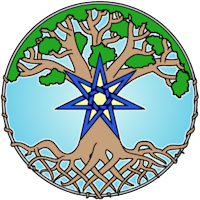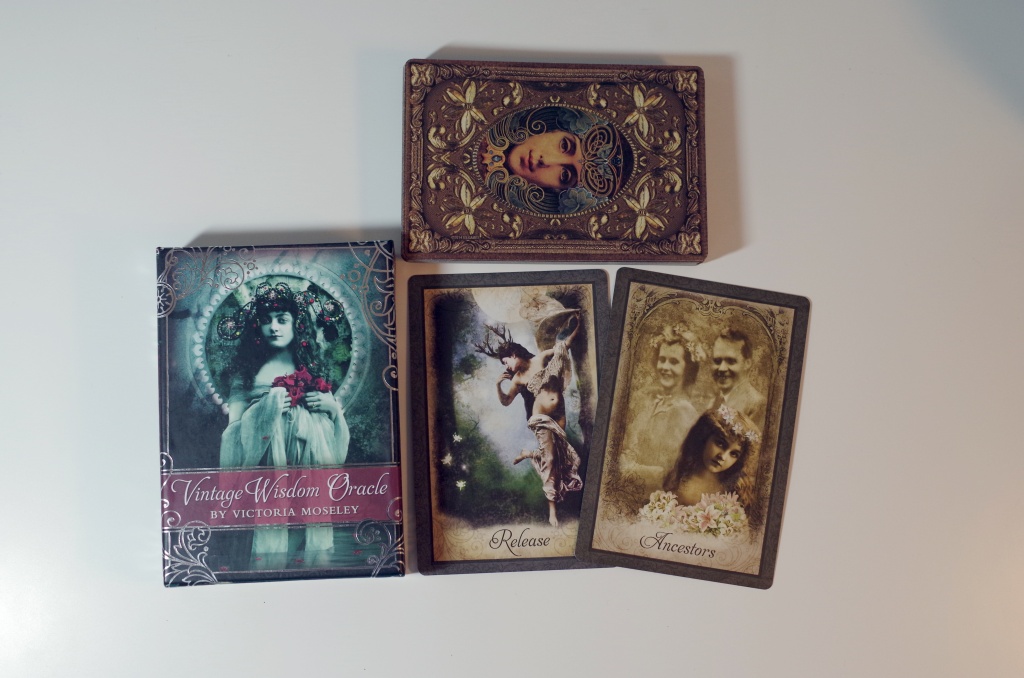Since this came up recently elsewhere, I thought I’d share with y’all my basic guide to etiquette in divination and oracular work! It can be tough to figure out boundaries when you find divination and godphoning come easily to you, and you feel called to the role of a messenger or oracle. But as with most things, the first thing to keep in mind is consent.
So: before you do divination for someone else, make sure you have clear consent to do so. Make sure you’re on the same page as far as who (ex. Bast) or what (ex. their wyrd, The Universe) is being queried, and how the question, if any, is phrased. If you’re using a form of divination that has meanings associated with a symbol set, it’s also a good idea to make sure that you’re on the same page about whether you’re just pulling runes/cards/what-have-you and conveying those, or if you’re also going to interpret them. Also, if you usually charge money or take tips for readings, that should be clear upfront.
If you’re feeling like you ought to do divination on someone else’s behalf in order to offer them advice, that all still applies: don’t ask any spirits what advice to give someone unless:
- 1) the person actually wants advice (as opposed to space holding or comforting),
- 2) they consented for you to query these specific spirits,
- 3) with these specific questions.
Asking your Deities, your Guides, and your Ancestors what your friend should do to fix their life isn’t usually very helpful, because they don’t have solid relationships to draw on, and you’ll need a lot of discernment skill to make sure they aren’t just telling you to tell your friend the advice you want to give. Asking their Deities, their Guides, and their Ancestors, with their permission, is more likely to get you helpful and nuanced answers, because those spirits are more aware of and engaged in your friend’s life.
However, quite a few people who feel called to this path have had an experience where, for whatever reason, a Deity or other spirit asks us to pass on a message, often in a too-real dream, during a journey meditation, or in a ritual. At that point, it’s best to tell the spirit that you will try, if the intended recipient is willing to hear it.
I don’t recommend promising you definitely will deliver the message, because there are times that the recipient is not going to be able to hear it from you, for a variety of reasons. First, we come back to that concept of consent: the best way to start this conversation with the intended recipient is just to tell them you’ve received some insight that is a message for them from a spirit (or name/ describe the spirit), and ask them if they wish to hear it.
Then, if they say yes, do your best to deliver the message as accurately as possible, and gently suggest they verify it again with another source if it’s something potentially life-altering (like changing jobs, or moving out of state, or getting divorced). Even if you practice divination, too, they should ask a different diviner. If they say no, they don’t want to hear it, just move on. You promised to try and you tried and that’s the end of it. If the message was truly important, the spirit will try again in a different way.
That might sound like unusual advice, but I believe we really do have agency in our relationships with Deities and other spirits, and I think one of the most important ways to use our agency is to make sure our actions are in line with our own ethical codes. Deities certainly have ethical codes as well, but they have a different perspective, and it’s important to remember that even if you’re given a divine message, you still have to be responsible for your own actions. Our personal relationships should be maintained with good boundaries and mutual respect, allowing us all to exercise our own agency. (Excepting in extreme circumstances, of course – sometimes agency is restricted for good reason, as when the individual presents a clear danger to themselves or others.)
Mostly what I have discussed above is about specific messages for specific individuals, but I also want to briefly touch on the type of oracular work my blog followers have probably seen before: monthly messages from certain Deities. With those kind of open community-wide messages, the consent exists in whether or not the person reading it wishes to consider themselves part of my community.
I’m usually pretty upfront about these messages probably being more relevant to people who have similar practices and beliefs to my own, and to people who are located in the same geographic and political region as me. People who aren’t nearby sometimes tell me that something resonated strongly with them, and I occasionally get similar comments from people who have very different practices and beliefs. And that’s okay, too! People can read it and take from it whatever they want.
Or – and this is really key – they can read one and decide it really doesn’t resonate or apply to them at all, and they can avoid my writing in the future! That’s perfectly fine with me. I’m not trying to convert anyone to my way of thinking; I’m just sharing a message I was given, and hoping it might be helpful for a couple of others who find themselves in similar situations.
As with the individual oracular messages above, if the message seems to be suggesting some sort of change, it’s a good idea for other practitioners to verify community oracular messages that seem to resonate with them. They could do their own journeywork, or turn to divination. If the message is verified, that will also give them a bit more nuance about how it applies to their specific situation!
Hopefully this was a helpful (or at least an interesting) little excursion into how to apply consensual boundaries to divination and oracular work. If you’d like to discuss more, or to ask a question, please feel free to leave a comment below, or to send an email.


